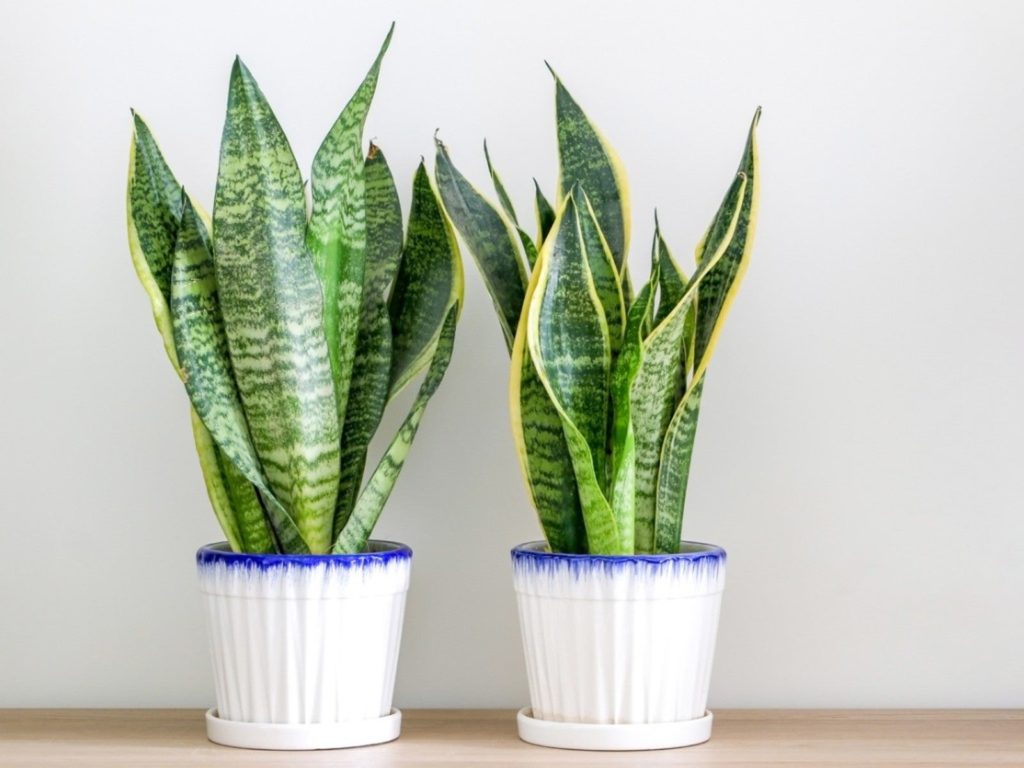Plants are known to have various air-purifying qualities, as they can help remove pollutants and improve indoor air quality. Here are some plants that are commonly recommended for purification:
- Snake Plant (Sansevieria trifasciata): Also known as the Mother-in-law’s Tongue, the snake plant is known for its ability to absorb toxins such as formaldehyde and benzene. It’s an easy-to-care-for plant that can thrive in low-light conditions.
- Spider Plant (Chlorophytum comosum): Spider plants are effective in removing pollutants like formaldehyde and xylene. They are adaptable and grow well in indirect sunlight. Spider plants also produce “pups” or baby plants that can be propagated to create new plants.
- Peace Lily (Spathiphyllum spp.): Peace lilies are excellent at removing airborne pollutants, including ammonia, benzene, and formaldehyde. They also add a touch of beauty with their elegant white blooms. Keep in mind that peace lilies are toxic to pets if ingested.
- Boston Fern (Nephrolepis exaltata): Boston ferns are known for their ability to remove pollutants like formaldehyde and xylene. They thrive in humid conditions and indirect light. Regular misting can help keep them healthy.
- Aloe Vera (Aloe barbadensis miller): Apart from its soothing properties for burns, Aloe Vera is effective at removing formaldehyde and benzene. It prefers bright, indirect sunlight and well-draining soil.
- Bamboo Palm (Chamaedorea seifrizii): Also known as the Reed Palm, this plant is effective at removing indoor air pollutants such as benzene and trichloroethylene. It thrives in bright, indirect light and can add a tropical touch to your space.
- Devil’s Ivy (Epipremnum aureum): Also known as Pothos, Devil’s Ivy is known for its ability to purify air by removing pollutants like benzene, formaldehyde, and xylene. It’s an easy-to-care-for trailing plant that can adapt to various light conditions.
- Chrysanthemum (Chrysanthemum morifolium): Commonly known as mums, these flowering plants are effective at removing pollutants like ammonia, benzene, and formaldehyde. They prefer bright, indirect light and regular watering.
Remember that while these plants can contribute to better air quality, they are not a replacement for good ventilation and regular cleaning. Additionally, some plants may be toxic to pets, so it’s essential to consider the safety of your household members when choosing indoor plants.
